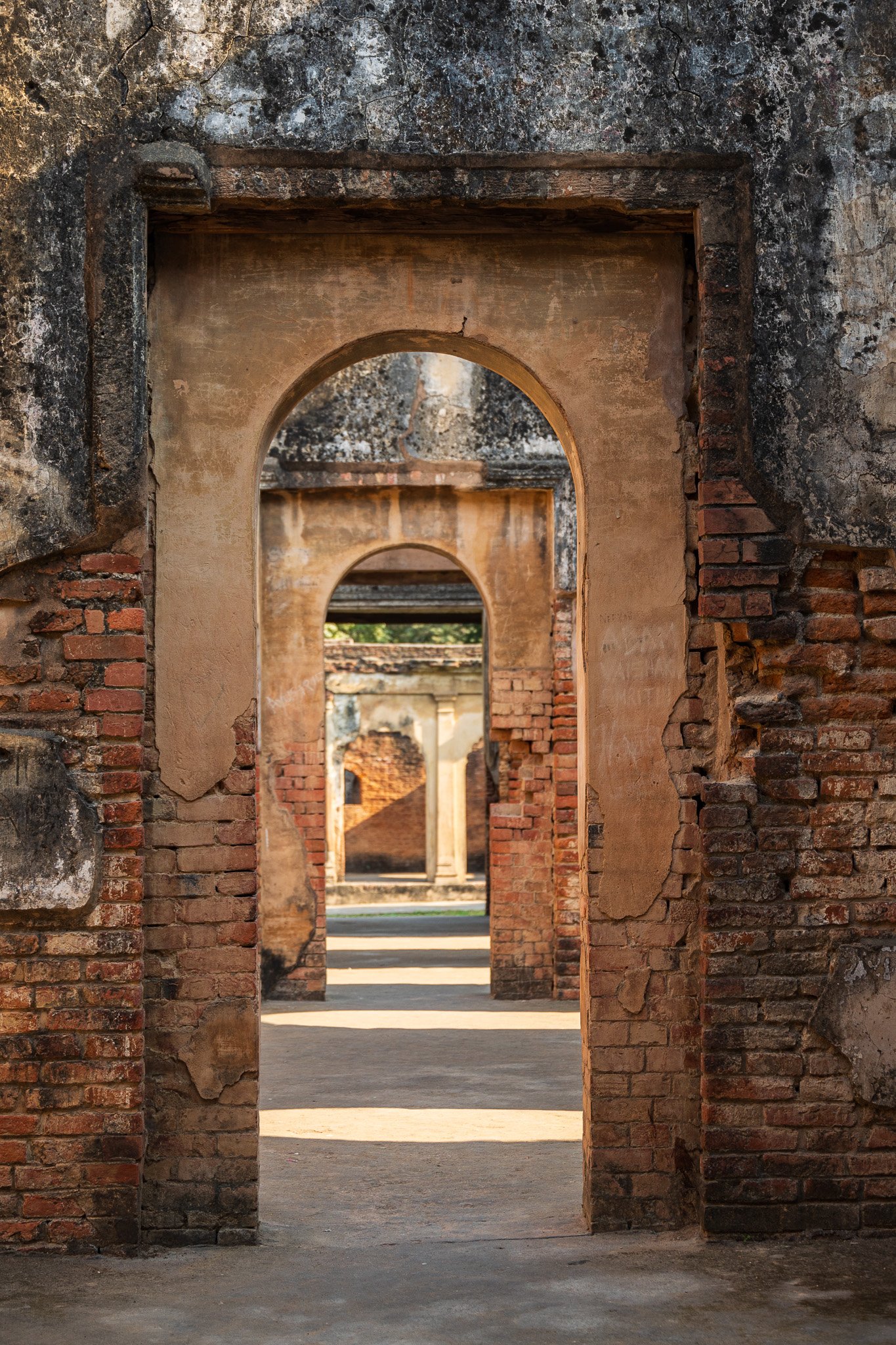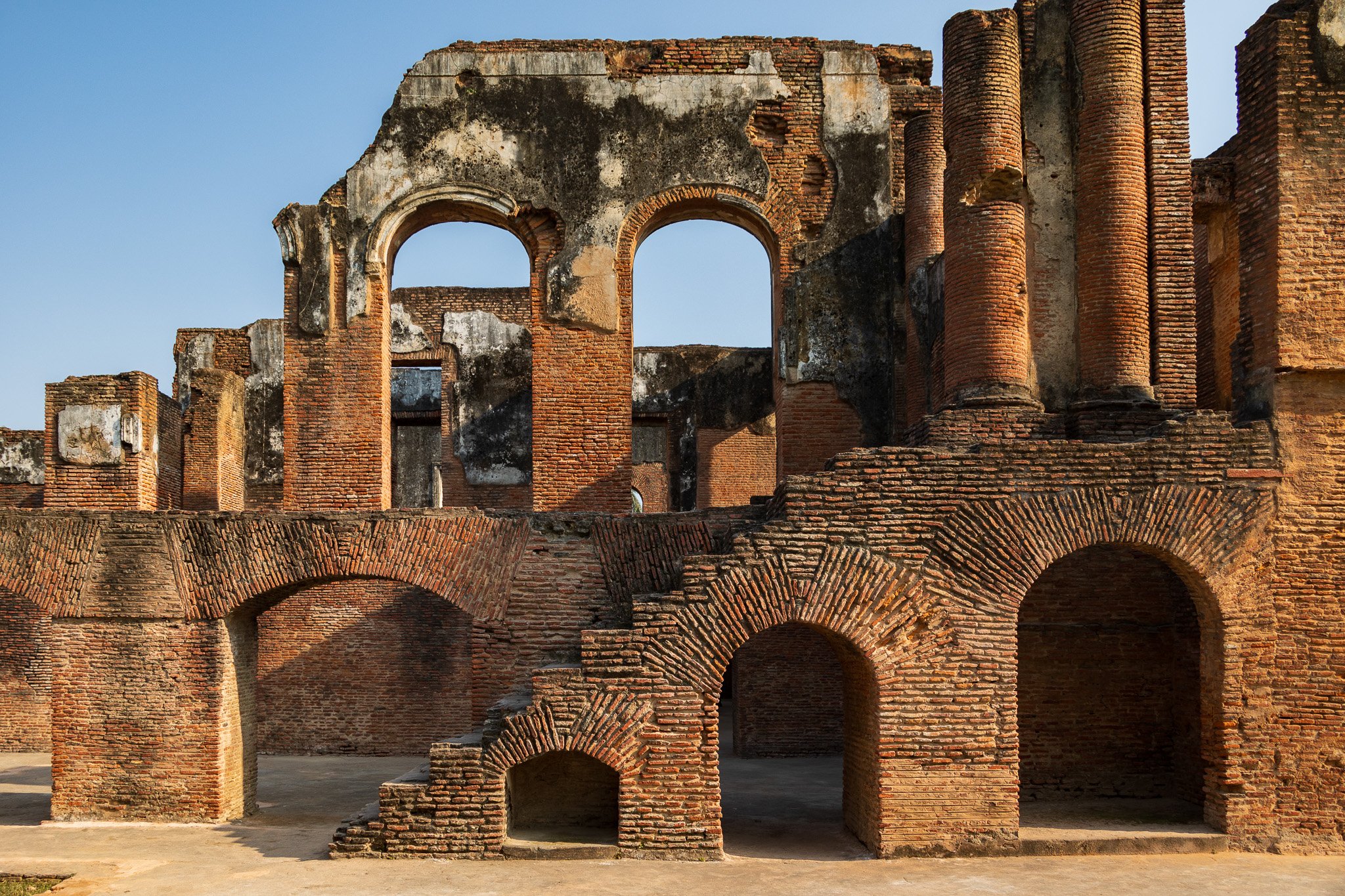Karl faced a considerable challenge when leaving Australia. He originally intended to journey to China, but his plans were abruptly foiled because of the Boxer Rebellion—a covert resistance against Western influence and imperialism in China. Consequently, on September 9th, 1900, Karl redirected his path, setting sail from Newcastle, Australia, bound for Calcutta (now Kolkata) on a passage to India.
He travelled on the SS Bezwada, a sizable cargo steamship owned by the British India Steam Navigation Co., a significant player in the global shipping industry. To secure his passage, Karl became a 'hostler,' part of a 3-person team overseeing 230 Waler horses destined for service with the Bengal Lancers regiment. Karl worked tirelessly for 15 to 16 hours daily, handling what he vividly described as "wild, unbroken horses."
The sea voyage spanned 32 days, from September 9 to October 11, 1900, concluding at the Garden Reach port in the southwestern neighbourhood of Kolkata. Under Karl's care, the horses were relocated to "Waler Corner," where Indian Army officials and Australian horse traders convened next to the Grand Hotel.
At this juncture, I intersected with Karl's journey, commencing my exploration at the former Grand Hotel, now the Oberoi Grand Hotel, which served as my base in Kolkata. My journey unfolded with an immersive tour of the hotel steeped in history, guided by the legendary concierge, Mr. Amitava Sarkar.
As Karl meandered through the streets of Kolkata, marked by a distinct European influence evident in the neoclassical architecture, he visited the Black Hole of Calcutta—a site symbolic of the event that sparked the British Empire's Imperial conquest.
Following his footsteps, I explored the Black Hole and other colonial buildings, many now in varying states of disrepair—some crumbling while others endure as functional entities. Despite the faded grandeur of Kolkata's colonial past, the streets pulsated with energy. I learned that Life happens on the streets of Kolkata.
Karl's narrative included a stop at Chandernagore, a small commercial city under French rule since 1816. He documented this slice of India's history, prompting my curiosity. Intrigued by "French India," I opted for a detour to Puducherry, formerly known as Pondicherry or "Pondy."
Puducherry unfolds as a captivating fusion of cultures and spiritual experiences. Auroville, a visionary township dedicated to "human unity," emerged from the spiritual journey of an Indian philosopher and Nationalist movement leader. My stay in a hotel, once a grand Chettiar family mansion standing proud for over 130 years, added another layer to my exploration. The Chettiars, influential merchants from around 1875 to 1925, left an indelible mark on India's economy, investing wisely in real estate and erecting magnificent mansions in Chettinad villages.
Karl, after spending ten days in Kolkata, "oiled up his bike" and commenced his westward journey along the River Ganges. He observed Hindu rituals on the riverbanks, noting the burning ghats and the constant influx of bodies. Eager to witness these scenes, I embarked on a morning boat cruise along the sacred River Ganges, maintaining a respectful distance as I passed all 84 ghats.
However, Karl's sojourn in Varanasi was marred when he contracted malaria fever, as reported in a subsequent newspaper article: Karl M. Creelman was unfortunate on the way to Benares. Karl's resilience saw him through a substantial 10-week recovery period, during which he found companionship with the Black Watch soldiers deployed to India in response to a mutiny. Despite not being at full strength, his determination to reach Bombay propelled him back onto his bicycle.
Before departing Varanasi, Karl explored the city's tourist spots, enriching his experiences during his travels in India. Displaying audacity, he sent a postcard to the Maharaja of Benares, expressing his desire to visit. Though still recuperating, Karl cycled four miles to the Maharaja's palace at Ramnagar.
In my pursuit of Karl's path, I stayed at the Nadesar Palace, owned by Maharaja Prabhu Naryan Singh, in 1899. The palace, filled with antiques and art pieces, exuded the spirit of the Maharajas from the British Raj era, enveloping me in an enchanting atmosphere reminiscent of Karl's time.
My visit to Ramnagar Fort, constructed in 1750 with cream-coloured sandstone, offered a glimpse into Mughal-style architecture. Despite some limitations compared to Karl's access, I experienced a touch of history. While I couldn't enter the Royal Quarters or dine with the Maharaja, I had the privilege of meeting the current Maharaja, His Highness Anant Naryan Singh, on Christmas day—an encounter that felt like a convergence of reality and history.
While I was navigating Karl’s route through India, I took the time to visit to grand temples: Shore Temple of Mahabalipuram and the magnificent Brihadeeswarar Temple in Thanjavur.
I then followed Karl to Lucknow, where Karl highlighted two places of interest: the Residency and the Palace of Lights, also known as the Imambara.
But nothing quite matched the awe-inspiring sight when Karl saw the Taj Mahal. He termed it the "dream in marble," and I shared in that awe. I extended gratitude to Karl for venturing to the Taj Mahal, granting me the opportunity to witness its magnificence both at sunset and then again sunrise. As Karl advanced through Agra, he explored Akbals Fort, acknowledging its walls' towering height and extensive span.
Karl left Agra and proceeded south to Futehpur Sikri, the place originally planned to be the capital of the Mughal Empire but was relocated to Lahore well before Karl arrived. I didn’t venture to Futehupus Sikri or Lahore but instead visited Delhi, the National Capital of India exploring Red Fort, Humayun's Tomb, and Lodi Gardens.
Staying true to Karl's experiences 120 years ago, I stepped back and delved into the time-honoured techniques of crafting murukku, tiles, and rope. Karl, in parallel, pedalled steadily westward on his journey to Bombay (now Mumbai). But I decided to take a detour to the Pink City, a quintessential destination for any traveller in India.
Meanwhile, Karl’s last stop in India was documented in a letter dated February 27th that was promptly published in the Montreal Star newspaper:
“Arrived in Bombay two days ago from the interior. Found travelling very difficult during the last few weeks, as the country was more or less a desert after the ravages of the famine. The roads were bad, being covered with loose sand, and often led alongside the deep jungle, inhabited by snakes, tigers, panthers, etc. In those districts, the roar of tigers was heard nightly and it was utterly unsafe to go outside a village after darkness had fallen. On one occasion, I was pedalling along, the jungle growing close to the road, at dusk in a part of the country where several “man-eaters” were supposed to be prowling about. When all of a sudden, I heard a loud crashing, and a low growl in the jungle close at hand. It may have been a tiger or it many have only been a water buffalo. However, it was enough to make one put on all speed and since that time I have never had enough courage to travel through the jungle after the sun had fallen.
“It was not altogether pleasant travelling in some parts of the interior, where the famine had killed the people off and where tigers roamed, for the people that were left from famine wanted my money and the tigers wanted my life. I was compelled to carry food and water, and sometimes to camp out by myself in some small village. Ague and jungle fever attacked me regularly every three days, and needless to say I was not sorry when I finished my cycling in India, by arriving at Bombay. I went to see a doctor on my arrival here to see if he could do something for my fever. He said: “India is no place for you just now, you had better leave it as quickly as possible”. I told him I would lose no time about getting away. So I at once set about to get a boat to Cape Town, but soon found out that no boats ran down to South Africa from Bombay. So now I will have to go over to Egypt instead where more than likely I will have to go in quarantine, as plague is very bad in Bombay at present which makes the health authorities at other places very strict on passengers from this port. I do not expect to get away from here for a little time yet, but, no doubt it will not be long”.
And with that, dear reader, reluctantly, I left India too, having the most amazing experience in this incredible country.
If you are new to the Karl Chronicles, get caught up on our expedition around the world! Start here with: 100 highlights from 100 Chronicles
Then get caught up on the rest of our journey, click here for more Karl Chronicles
The Karl Journey is registered as an official expedition with the Royal Geographical Society

























































